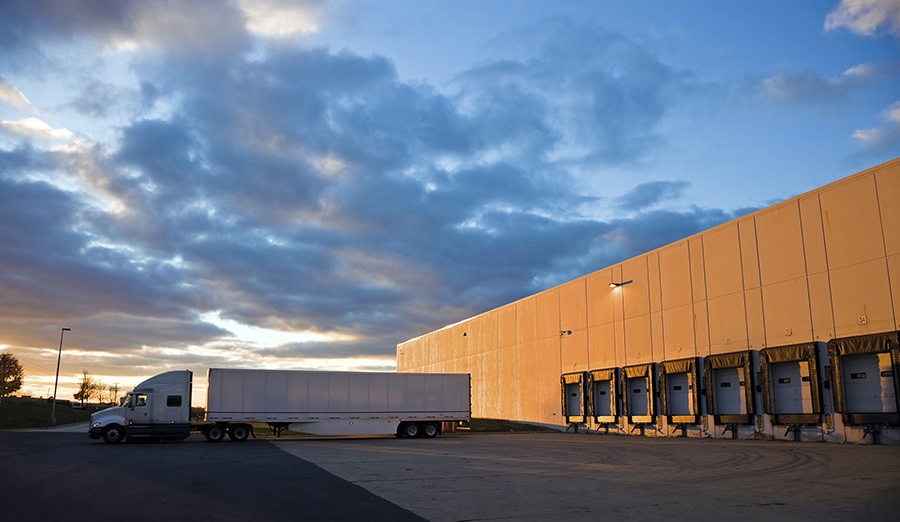
With the ongoing growth of e-commerce, retailers and distributors are looking to get their warehouses closer and closer to their end customers -- preferably within the "last mile" to their homes or businesses. This allows for delivery times measured in minutes and hours instead of days and weeks. It also means that urban in-fill warehouses are back in vogue. If you're looking for in-fill industrial space, here are the six things that you aren't going to need.
1. Hundreds of Thousands of Square Feet
While there is still demand for big-box industrial space in the urban fringe, last-mile warehouse is all about getting what you need close to your customers. After all, you can replenish it with trucks from your regional distribution center as needed. Plan to look at spaces in the thousands or tens of thousands of feet in buildings with similarly sized floor plates.
2. High Ceilings
Last mile space in many cities is in buildings that are preexisting, so 40-plus foot clear heights are almost impossible to find. Since much of the work involves fulfillment for customer orders, though, the more human scale of these buildings can actually boost productivity.
3. Rail Connections
Usually, you won't be using rail to send large quantities of items to your last-mile warehouses. As such, while street connections are important, rail is not.
4. Space of Your Own (Really!)
Since demand is high and space is limited, the co-working trend is coming to last mile warehouses. Some facilities are set up to allow companies to share a floor with a great deal of flexibility as to how much space they need at any given time. While these arrangements can be perfect if you need to get into a tight market or if your warehouse needs fluctuate, bear in mind that any shared space will need to have security infrastructure to protect your items. Your workers can't take all of your items home with them, like an office employee might do with his or her laptop and smartphone.
5. Lots of Yard Space for Semis
While you might not need humongous yard areas for scores of tractor-trailers to come in and out at the same time, your last mile warehouse will need enough yard space for delivery trucks and vehicles to come in and out. In addition, if your industrial space is located in an area without adequate public transportation you will need to have a place for your workers to park.
6. Industrial Space
Finally, your last mile warehouse might not even need to be in industrial space at all. With many urban markets fully built-out and a limited amount of warehouse buildings still standing, last mile users are turning to whatever they can find. Because of this, vacant big box retail space could be the best option for your industrial needs in the last mile.
Here are some other articles you might enjoy:
Commercial Warehouse Touring Tips
Urban Warehouse Space: Solving the Last Mile
Four Ways to Manage Your Warehouse Occupancy Cost
Subscribe to our blog for more CRE tips!!








